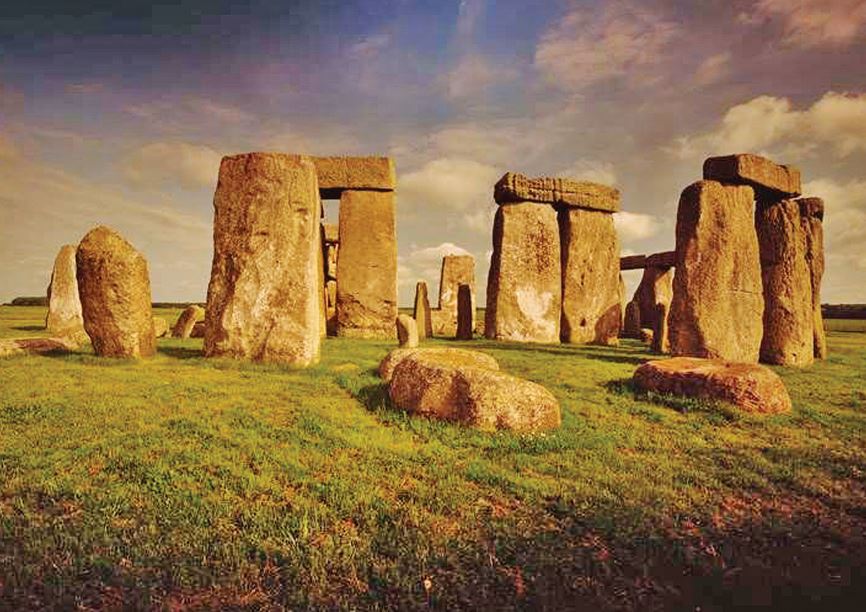Missing Stonehenge piece returned
By JONATHAN POWELL | China Daily Global | Updated: 2019-05-09 09:08

A missing part taken from one of the huge sarsen stones at the ancient Stonehenge monument in the United Kingdom has been returned to the English Heritage agency that protects the site after 60 years.
During restoration work in 1958, one meter long 'cores' were drilled out of one of the stones so that it could be strengthened with steel rods. The stone cores disappeared, but one has now been found after an engineer that was part of the project gave it back.
The drilling work was undertaken by a diamond cutting business called Van Moppes, whose employee, Robert Phillips, had proudly kept one of the stone cores in his Office. After he left the company in 1976 he emigrated to the United States, taking the rock sample with him.
On the eve of his 90th birthday last year, Phillips expressed his desire that this prehistoric fragment be returned to the care of English Heritage.
Although the sample was handed back in May, last year, English Heritage said it had not announced the fi nd until now as it had to first understand its significance.
Heather Sebire, English Heritage's curator for Stonehenge, said: "The last thing we ever expected was to get a call from someone in America telling us they had a piece of Stonehenge. We are very grateful to the Phillips family for bringing this intriguing piece of Stonehenge back home. Studying the Stonehenge core's 'DNA' could tell us more about where those enormous sarsen stones originated."
Susan Greaney, senior properties historian at English Heritage, said the piece was a type of sandstone nearly a meter long and 2.5cm wide.
"What's brilliant about this core being returned is that we can sample a tiny amount of it, and put it through geological and chemical tests," she told the BBC.
A team at the University of Brighton has been mapping natural sarsen stones across southern England to gain a more accurate picture of where the stones came from.
Professor David Nash from Brighton University, which is leading the study, told the China Daily that archaeologists and geologists have been debating where the stones at Stonehenge came from for years.
"It's probably the most famous archaeological monument in the world, so to recover this stone core and study it, for an archaeologist, it is like finding a piece of moonrock," Nash said.
"The appearance of this piece of stone core is a bit of a game changer, as so far we've only studied the outer surface, but ideally you can look inside one of the stones, and this core allows us to do that, to analyse the chemistry, under the microscope.
"It would be interesting if other stone cores also turn up, but they may have been thrown away. We're dealing with something that is 30mm in diameter, so it is a very precise part of the rock. Crosschecking with others would give us some insight into how variable the material is, which is important."
Nash said conventional wisdom suggests they all came from the relatively nearby Marlborough Downs but said initial results from analysis indicate that in fact the sarsens may come from more than one location.
English Heritage does not know if other Stonehenge cores that were removed have survived. Sebire said: "The other two Stonehenge cores may still be out there somewhere and if anyone has any information, we'd love to hear from them."
























